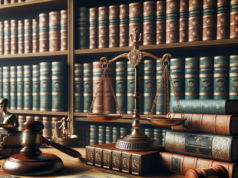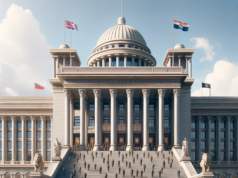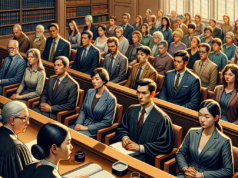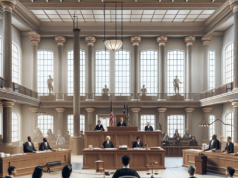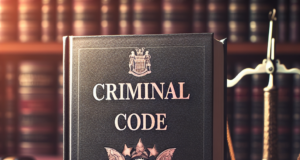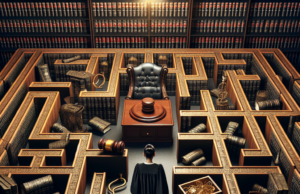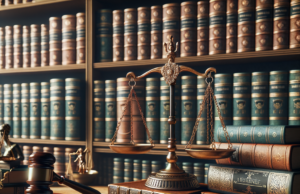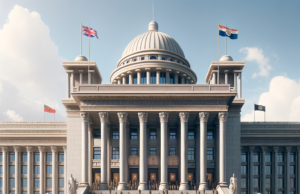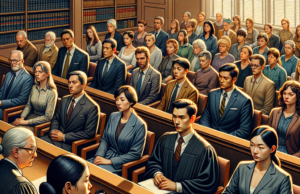
In recent years, the phenomenon of high-profile arrests has captured the public’s attention, often leading to widespread media coverage and intense scrutiny. From celebrities to politicians, the implications of these arrests extend beyond the courtroom, affecting public perception, social dynamics, and the legal landscape itself. This article delves into the intricacies surrounding high-profile arrests, examining their rise, the legal frameworks involved, the media’s role, and the lasting consequences that follow.
The Rise of High-Profile Arrests: A Closer Look at Recent Events
High-profile arrests have surged in frequency and visibility, particularly in the context of ongoing societal issues such as corruption, abuse of power, and criminal behavior among the elite. Recent events, such as the arrests of prominent figures in entertainment, sports, and politics, have sparked national conversations about accountability and justice. These incidents often serve as catalysts for broader discussions on systemic issues, revealing the complexities of privilege and the law. The public’s fascination with these cases is fueled by a mixture of shock, disbelief, and a desire for transparency, leading to an increased demand for accountability from those in positions of power.
Understanding the Legal Framework Surrounding High-Profile Arrests
The legal framework governing high-profile arrests is multifaceted, involving various laws and regulations that differ by jurisdiction. Typically, these arrests are conducted under the same legal principles that apply to ordinary citizens, yet the stakes are often higher due to the individuals’ public status. Factors such as the nature of the alleged crime, the evidence presented, and the potential for public outcry can influence the legal proceedings. Furthermore, high-profile cases often attract the attention of specialized legal teams, which can complicate the judicial process. The intersection of law and media scrutiny creates a unique environment where the outcomes can significantly impact public trust in the legal system.
Media Influence: How Coverage Shapes Public Perception of Scandals
Media coverage plays a pivotal role in shaping public perception of high-profile arrests. The way these stories are reported can influence societal attitudes toward the accused, often framing them as either victims or perpetrators. Sensationalized reporting can lead to a rush to judgment, where public opinion is swayed before the legal process has even begun. Conversely, responsible journalism can provide context and nuance, allowing for a more informed public discourse. The media’s portrayal of these events can also affect the legal proceedings themselves, as jurors and judges may be influenced by the prevailing narratives in the press, raising concerns about the fairness of trials.
The Role of Social Media in Amplifying Arrests of Prominent Figures
Social media has revolutionized the way high-profile arrests are discussed and disseminated. Platforms like Twitter, Facebook, and Instagram allow for real-time updates and commentary, amplifying the reach of these stories beyond traditional media outlets. This immediacy can lead to viral moments, where public sentiment shifts rapidly, often driven by hashtags and trending topics. However, the unfiltered nature of social media can also contribute to misinformation and the spread of rumors, complicating the public’s understanding of the facts. As a result, social media serves as both a tool for awareness and a potential source of confusion, highlighting the need for critical engagement with information.
Case Studies: Analyzing Notable High-Profile Arrests and Their Outcomes
Several notable high-profile arrests serve as case studies that illustrate the complexities involved. For instance, the arrest of a well-known actor on drug-related charges not only led to legal consequences but also sparked discussions about addiction and mental health in the entertainment industry. Similarly, the arrest of a prominent political figure on corruption charges raised questions about systemic issues within government institutions. Analyzing these cases reveals patterns in public reaction, media coverage, and legal outcomes, providing insights into how society grapples with the implications of high-profile arrests. Each case underscores the intricate interplay between individual actions and broader societal narratives.
The Aftermath: Legal, Social, and Personal Consequences of High-Profile Arrests
The aftermath of high-profile arrests often entails a complex web of legal, social, and personal consequences. Legally, individuals may face significant penalties, including fines, imprisonment, or probation, depending on the severity of their offenses. Socially, the stigma associated with such arrests can lead to ostracism, loss of professional opportunities, and damage to personal relationships. On a personal level, the emotional toll can be profound, affecting mental health and well-being. Additionally, these arrests can catalyze broader societal changes, prompting discussions about reform and accountability, ultimately shaping the landscape of public discourse around justice and privilege.
The phenomenon of high-profile arrests serves as a compelling lens through which to examine issues of justice, media influence, and societal values. As these cases continue to unfold, they challenge us to reflect on the complexities of accountability and the role of public perception in shaping outcomes. Understanding the intricacies of high-profile arrests not only informs our views on individual cases but also encourages a deeper dialogue about the systems that govern our society. As we navigate this evolving landscape, it is crucial to remain vigilant about the implications of these events and their potential to drive meaningful change.



